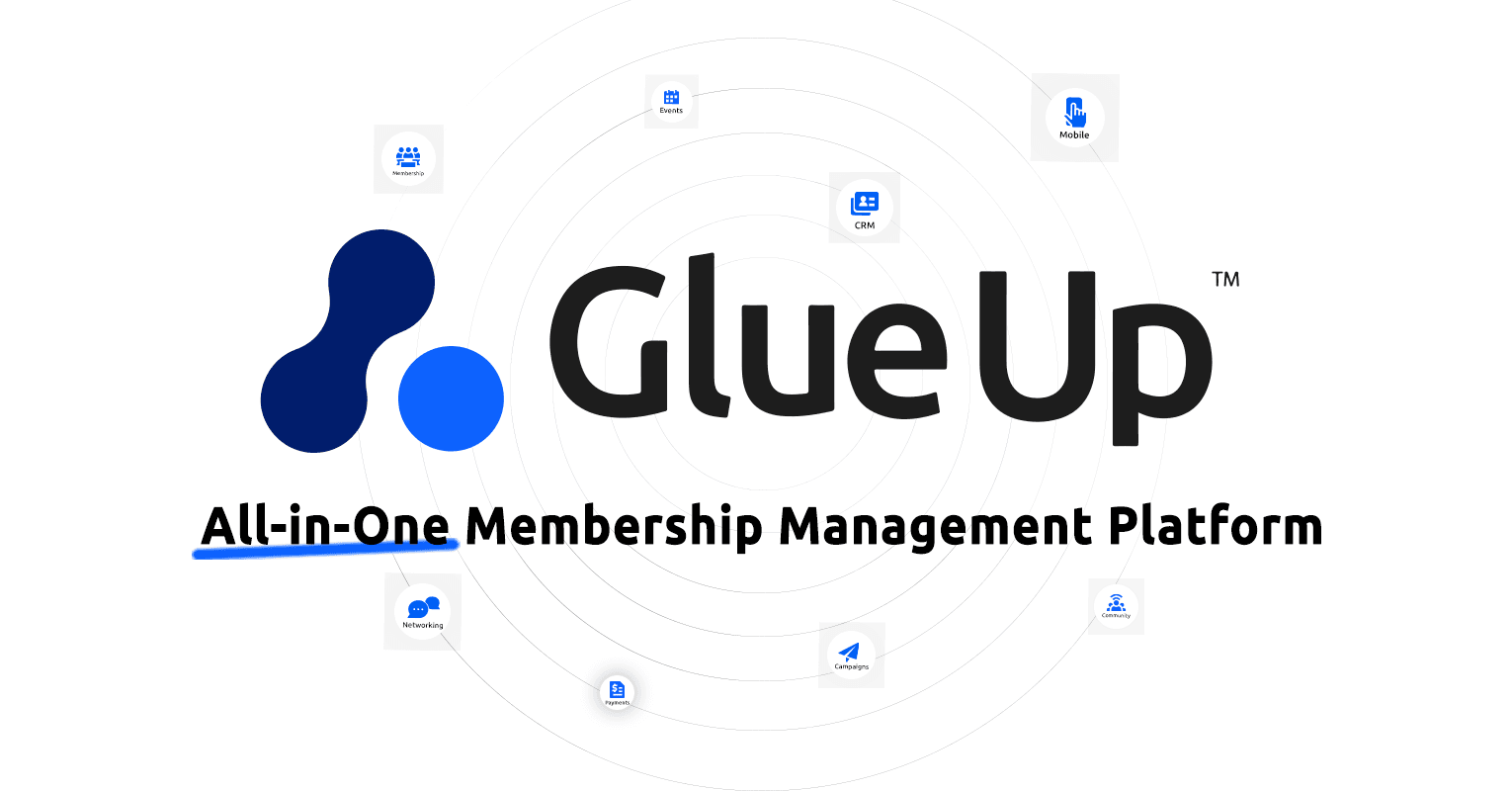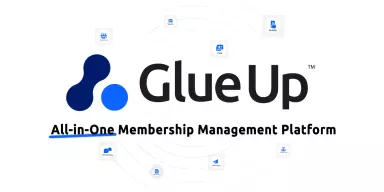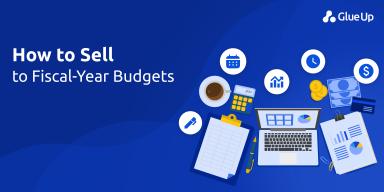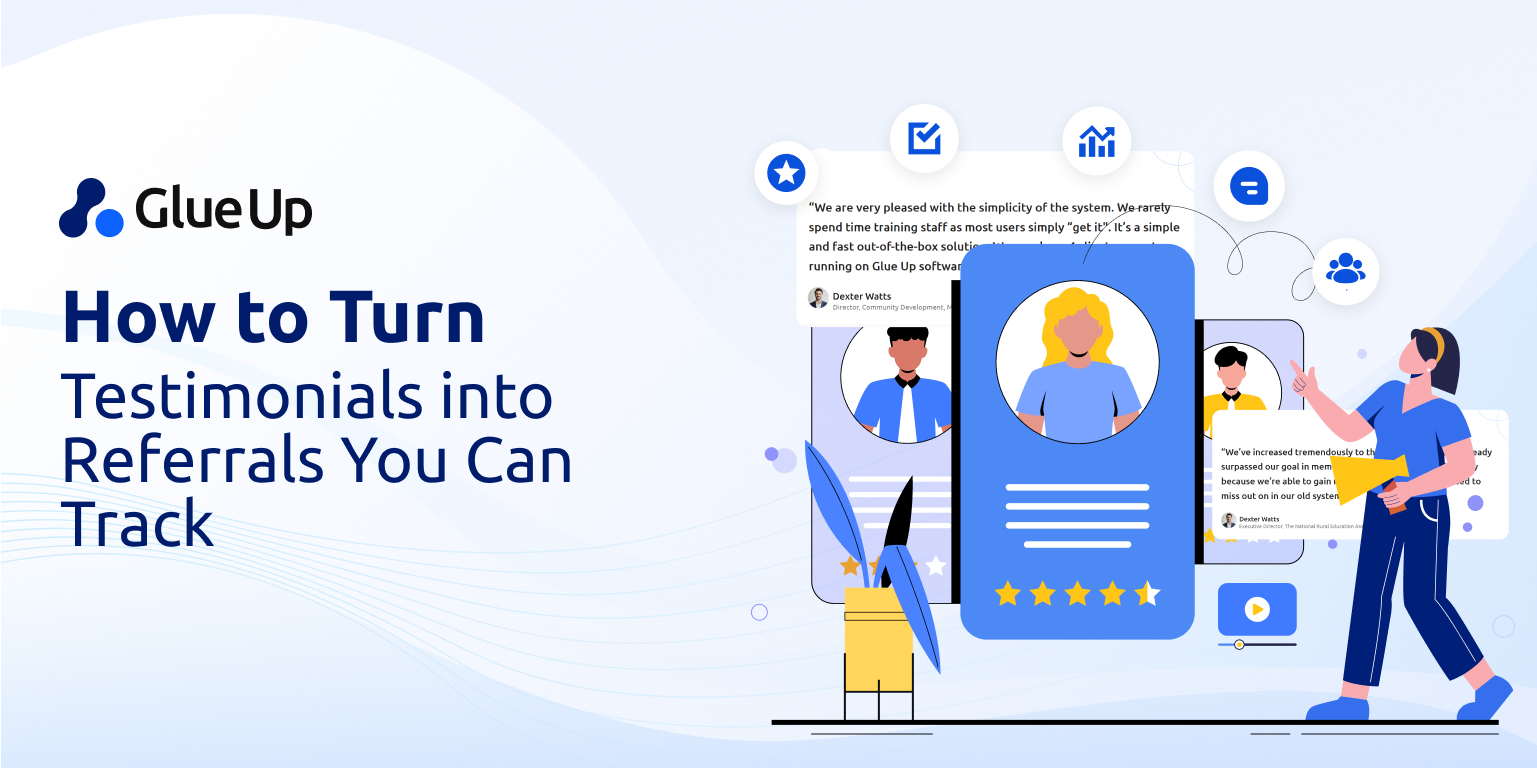
Membership is the pulse of every association. And that pulse is beating differently in 2026. Retention rates are flattening, expectations are sharper, and leaders are realizing that the systems they built a decade ago are quietly holding them back.
In this environment, CRM for associations is the difference between data that tells stories and data that collects dust. It’s the foundation for growth, retention, and accountability in an era where personalization and proof matter more than promises.
For years, associations depended on legacy AMS systems that stored data but rarely connected it. In 2026, the winners are moving to advanced CRMs, platforms built to predict what they’ll do next.
Glue Up stands at that intersection, where technology meets trust, and where data transforms into action.
Key Takeaways
2026 raises the bar: members expect personalization, boards expect proof, and intelligence in business apps is now standard.
CRM for associations is the operating system for member value.
An advanced CRM delivers a 360-degree member profile, predictive flags, automated renewal journeys, real time integrations, and strong data governance.
AMS and CRM are not the same: a CRM built approach is flexible, integrated, analytics ready, and future proof, while many legacy AMS tools remain rigid and transactional.
Retention lifts come from behavioral segmentation, predictive risk scoring, automated renewal paths, event and community signals written to the profile, and fast feedback loops.
Integrations that matter most include finance and payments, events, website and SSO, email, LMS, and BI or data warehouse connections.
ROI shows up in higher renewals, staff time saved, and stronger sponsor value, with simple payback math that boards can understand.
Migration works best with an audit, data cleaning, a small pilot, role based training, and early governance for ownership and standards.
Common threats to success are dirty data, low adoption, scope creep, and weak integration strategy.
Selection should focus on unified profiles, automation and AI capability, mobile for staff, built in analytics, secure integrations, and a clear implementation roadmap, proven in a live demo using your workflows.
The future of CRM is a smarter collaborator that assists staff with drafting, recommendations, and task support, while keeping people in control.
Glue Up aligns to this future with a CRM driven AMS that unifies membership, events, community, and finance, and with AI Copilot as a writing and processing assistant for faster, clearer communications.
Quick Reads
Why 2026 Is a Defining Year for Associations
Every few years, a single trend reshapes how associations operate. In 2026, it’s intelligence: artificial, connected, and measurable.
According to Gartner, 40% of enterprise applications will include task-specific AI agents by 2026. CRM systems are no exception. The days of static member databases are over. Today’s association leaders expect dashboards that tell stories, surface risks, and recommend next steps automatically.
Members, meanwhile, have become more transactional. They compare their membership experience to consumer platforms like Netflix and Amazon. They expect tailored content, personalized event recommendations, and fast answers.
At the same time, boards are demanding measurable proof that every dollar of membership dues and sponsorship revenue supports the mission. Transparency is now a baseline expectation.
And that’s why CRM for associations has evolved. It’s the infrastructure for proving value, building relationships, and managing growth.
What an Advanced CRM Really Means
The term “advanced CRM” gets thrown around a lot. But for associations, it means something very specific, a system that connects every aspect of your member lifecycle into one coherent view.
A true advanced CRM should deliver:
A 360° member profile — Every event attended, payment made, community post, volunteer hour, and email interaction should live in one place. This single view transforms disjointed engagement data into actionable intelligence.
Predictive analytics — It’s not enough to report churn. Advanced CRMs use AI to spot early warning signs: fewer event registrations, declining email opens, or lapses in volunteer participation.
Automated renewal workflows — Instead of chasing renewals manually, staff can trigger personalized reminders based on member behavior, segment, and engagement score.
Real-time integration — Finance, events, community, and communications all flow into one ecosystem. The CRM becomes the command center.
Data governance and accuracy — Deduplication rules, consent management, and field validation built in, because bad data costs time, money, and trust.
AI copilots and assistants — Contextual recommendations that guide staff decisions. For example, suggesting follow-up emails or identifying at-risk sponsors based on payment patterns.
In Glue Up’s case, this is exactly how its Membership CRM, Finance Suite, Events, and AI Copilot come together. The system interprets it, helping association teams act faster, prove outcomes, and operate with clarity.
AMS vs. CRM: The Old World and the New Reality
It’s easy to confuse an Association Management System (AMS) with a CRM. Both handle data, both store member records, but only one scales for the future.
Legacy AMS platforms were built to manage administration. They keep track of dues, invoices, and event attendance. But they rarely talk to marketing systems or integrate with finance software without heavy customization.
CRMs, on the other hand, were built to drive relationships. When an AMS is built on top of a modern CRM framework, associations get the best of both worlds: structure and strategy.
Let’s break it down:
| Aspect | Legacy AMS | Advanced CRM for Associations |
|---|---|---|
| Data Model | Rigid, pre-defined | Flexible, customizable |
| Integration | Limited, manual | Open API ecosystem |
| Analytics | Static reports | Predictive dashboards |
| AI Capability | Minimal | Built-in copilots and automation |
| Member Experience | Transactional | Personalized, data-driven |
| Scalability | Hard to extend | Modular and future-proof |
The difference shows up where it matters most: member retention. Associations using modern CRM frameworks see engagement lift through more accurate segmentation, better outreach timing, and faster service response.
Glue Up embodies that future. Built natively as a CRM-driven AMS, it integrates membership, events, community, finance, and analytics into a single intelligent platform, eliminating the fragmentation that used to drain staff time and member trust.
The Features That Truly Boost Retention
The ones that matter in 2026 are those directly tied to measurable outcomes: renewal rates, participation, and satisfaction.
1. Behavioral Segmentation and Smart Lists
Instead of treating every member the same, segmentation based on interest, industry, or engagement behavior lets associations personalize communication. Glue Up’s Smart Lists feature dynamically updates segments, making personalization a living process.
2. Predictive Retention Scores
Machine learning models can now calculate churn probability using patterns of engagement. Imagine knowing which members are “at risk” before they even disengage, and having your CRM automatically create tasks or email reminders.
3. Automated Renewal Journeys
Modern CRMs allow you to set renewal sequences that respond to behavior. For instance, if a member opens an invoice email but doesn’t pay, the system can trigger a personalized follow-up highlighting the value of continued membership.
4. Event and Community Integration
Every event attendance or forum interaction signal engagement. When that data flows directly into the CRM, staff can instantly identify active contributors and potential ambassadors.
5. Micro-Surveys and Feedback Loops
After every event, poll, or newsletter, quick surveys feed back into the CRM, helping associations measure sentiment and act faster.
Each of these features contributes to retention through timely, data-backed action.
Integration Blueprint: How Everything Connects
In 2026, an association’s tech stack is only as good as its integrations.
Your CRM should connect seamlessly with:
Finance tools like QuickBooks or Xero for reconciliations and budget tracking.
Payment gateways such as Stripe or PayPal for dues and donations.
Event software like Cvent or Glue Up’s event module for registration, attendance, and CE tracking.
Website CMS like WordPress or Drupal for forms, sign-ups, and SSO logins.
Learning management systems for certifications and course progress tracking.
Marketing automation platforms for newsletters and targeted campaigns.
Data warehouses and BI tools for board-level analytics and forecasting.
These integrations transform your CRM into the single source of truth, a living data hub. With Glue Up, many of these connections come native, reducing reliance on third-party connectors and lowering maintenance costs.
Measuring ROI: What a CRM Is Really Worth
Convincing a board to invest in a new CRM can feel like a challenge. But data makes the case clear.
According to Nucleus Research, the average CRM returns $8.71 for every $1 invested. For associations, ROI is usually seen in three areas:
Retention Lift: Even a small increase in renewal rates can translate to massive returns. For example, improving retention from 85% to 88% in an association with 5,000 members paying $200 each adds $30,000 in annual revenue.
Staff Efficiency: Automating renewal reminders, reconciliation, and data entry easily saves 10–15 hours per week. That’s time redirected toward member engagement and strategy.
Sponsor and Event Value: With all engagement data centralized, it becomes easier to demonstrate sponsor ROI, driving renewals and upsells.
Migration Without Mayhem: Best Practices for Switching CRMs
Migrating to a new CRM doesn’t have to be chaotic, if you plan it right.
Step 1: Audit Your Data
Start by mapping your current fields, duplicates, and missing records. Decide what’s worth moving and what should stay archived.
Step 2: Standardize and Clean
Define naming conventions, drop outdated fields, and clean email addresses before migration. Gartner estimates that poor data quality costs organizations $12.9 million per year, associations are no exception.
Step 3: Pilot First, Scale Later
Test with one membership tier or chapter before full rollout. This minimizes disruption and uncovers potential automation gaps.
Step 4: Train by Role
Staff training should focus on outcomes: how to renew members faster, how to pull reports, how to launch campaigns.
Step 5: Build Governance Early
Define who owns data updates, access permissions, and integration maintenance. Governance is a culture.
Glue Up’s implementation specialists guide associations through this process, ensuring smooth transitions with minimal downtime.
Common Threats to CRM Success (and How to Avoid Them)
Every failed CRM project usually collapses for the same four reasons:
Dirty Data – Migrating without cleanup leads to duplicates and mismatched records.
Low Adoption – Staff don’t use the system consistently, creating shadow spreadsheets.
Scope Creep – Teams try to automate everything in phase one and lose focus.
Weak Integration Strategy – Over-customization breaks updates and creates dependency.
Avoiding these pitfalls requires discipline: start small, document workflows, train continuously, and measure adoption monthly.
Choosing the Right CRM for Your Association
By 2026, there are hundreds of options, but only a few built specifically for associations.
When evaluating, look for:
Unified member profiles with financial and engagement data
Automation and AI capabilities
Mobile apps for staff productivity
Built-in analytics and reporting dashboards
Secure integrations (SSO, two-factor, encryption)
Transparent support and implementation roadmap
Then, run live demos around your own workflows: renewals, events, sponsorships. Don’t settle for generic demos.
Glue Up invites associations to do exactly that: experience their real-world renewal journey automated end-to-end in clicks.
The Future of CRM for Associations
The future is smarter systems.
By 2026 and beyond, CRMs will evolve from static repositories to intelligent collaborators. AI agents will draft emails, suggest programs, and allocate staff time based on predictive trends.
Associations that embrace this change will move from reporting engagement to designing it. They’ll be able to personalize every interaction at scale while keeping the human element intact.
Glue Up’s AI Copilot is a built-in writing assistant. It helps staff draft emails and announcements, improve tone and clarity, summarize materials you provide, and repurpose content for different audiences. It supports your team’s communication work so you can move faster with confidence.
CRM as the New Center of Member Value
If 2026 has a single message for association leaders, it’s this: your CRM is a system of renewal.
The associations that thrive are those that:
Treat data as an asset
Automate the repetitive to make space for relationships
Connect their finance, events, and community under one platform
Use AI to personalize communication without losing authenticity
That’s what Glue Up helps associations achieve, a future where engagement is designed, where staff don’t chase members but understand them, and where every number tells a story worth believing.
The right CRM make you efficient. It makes you relevant.



